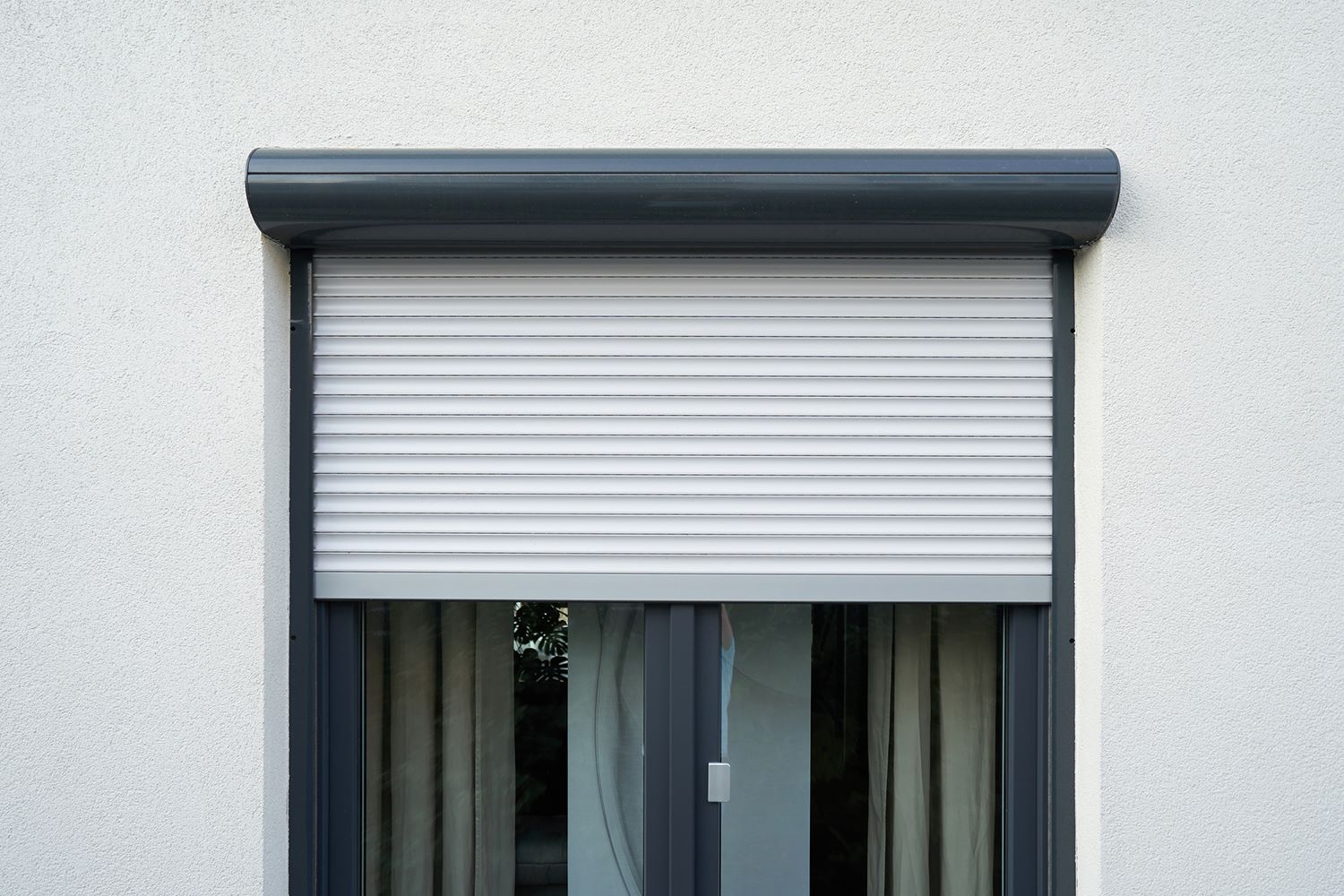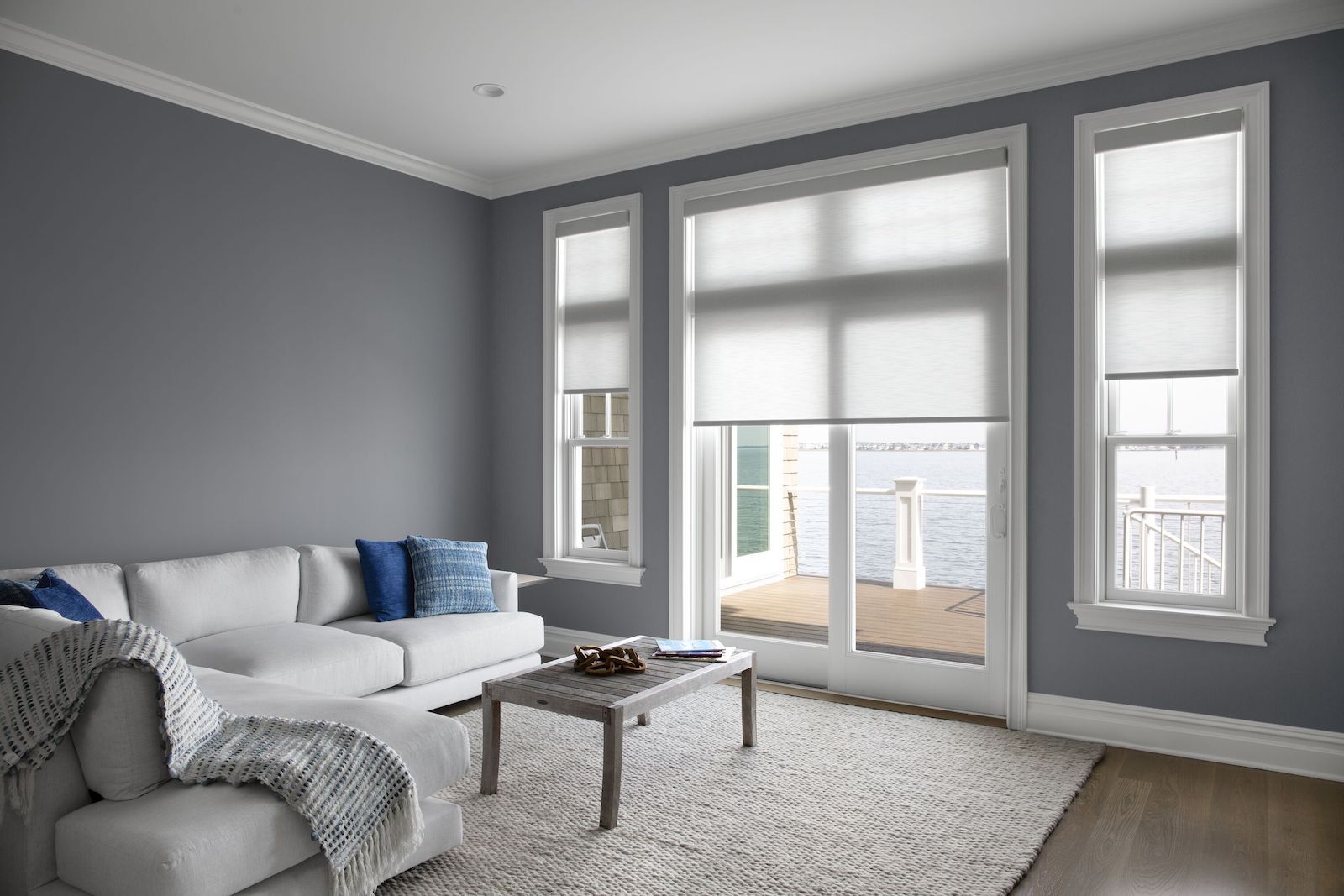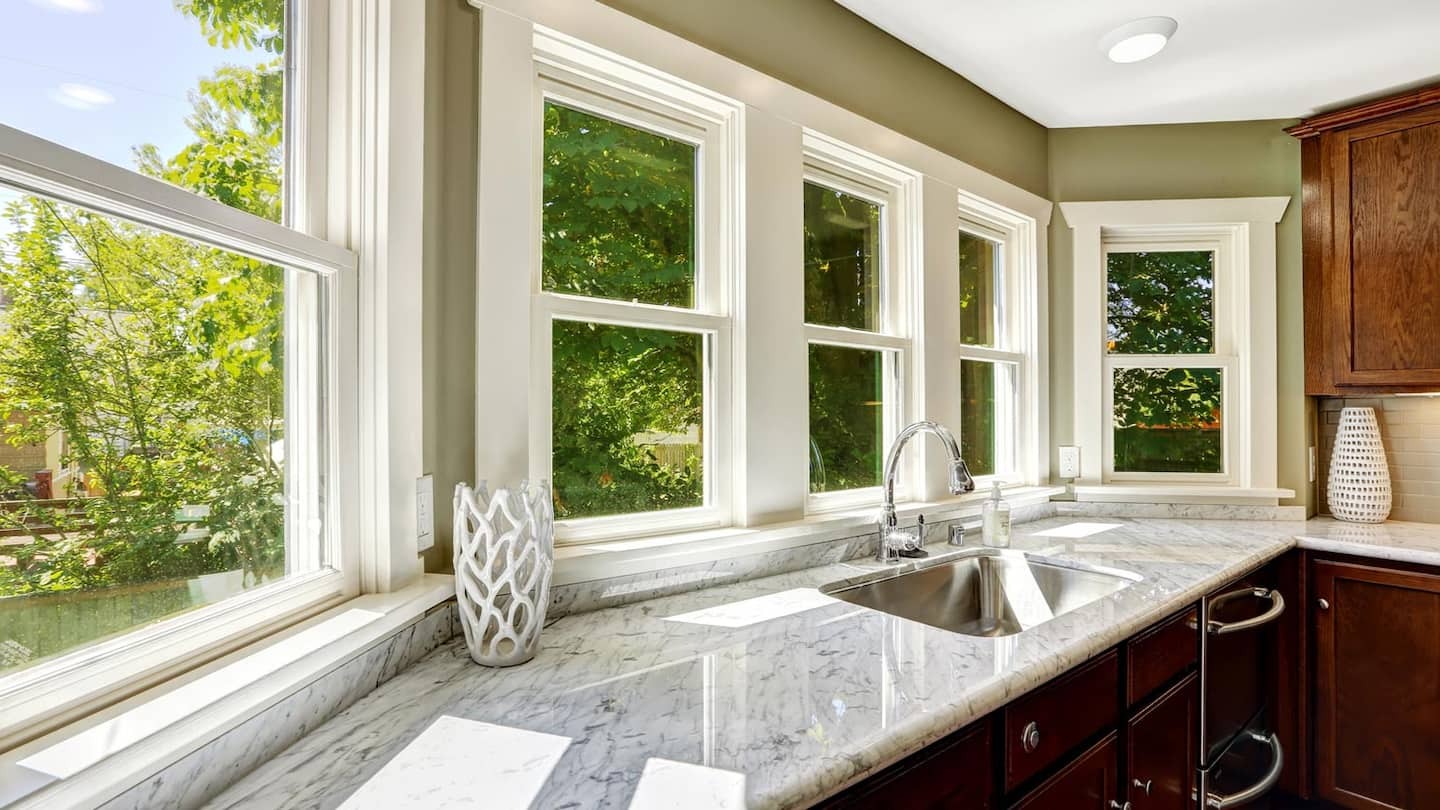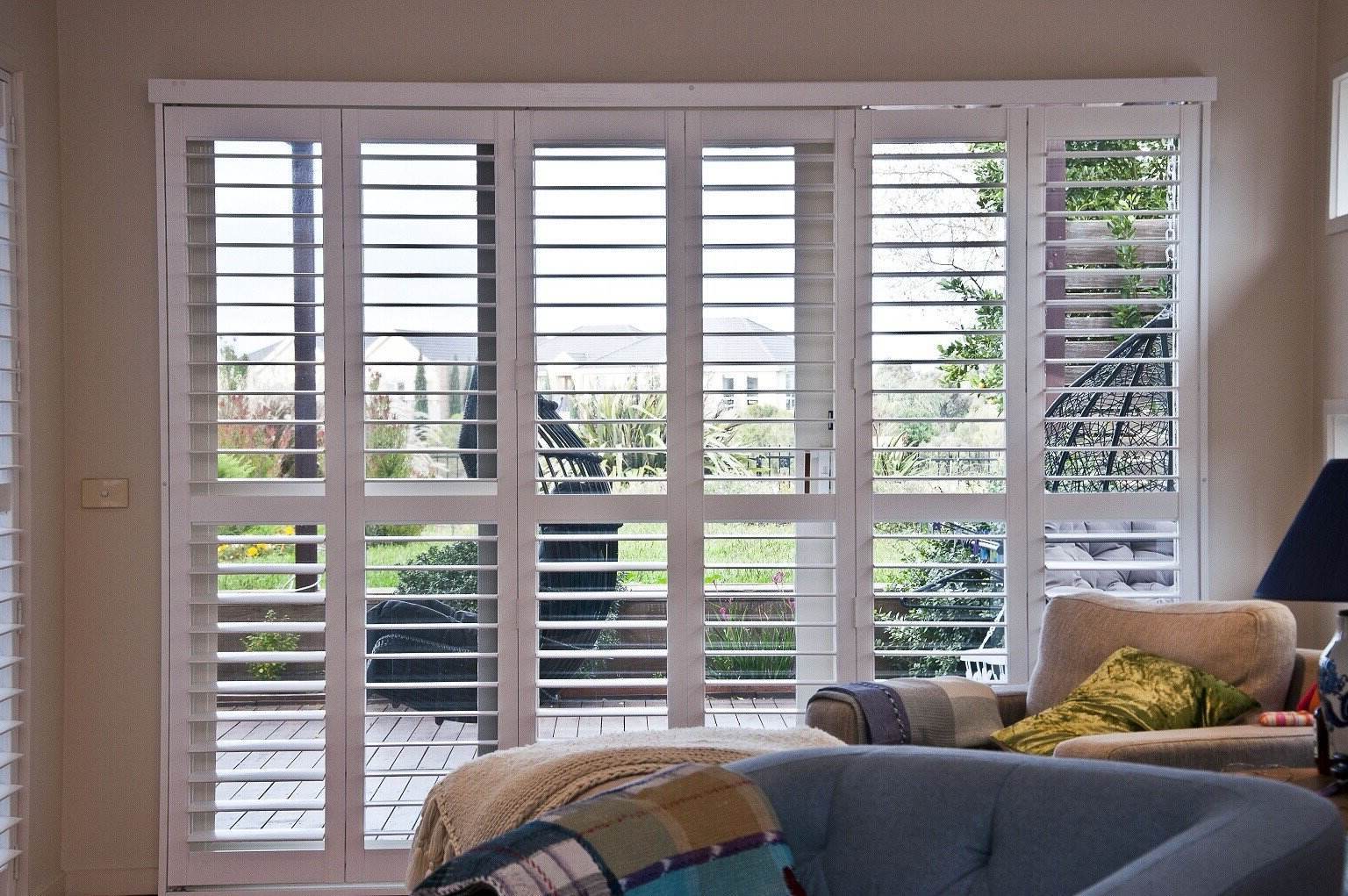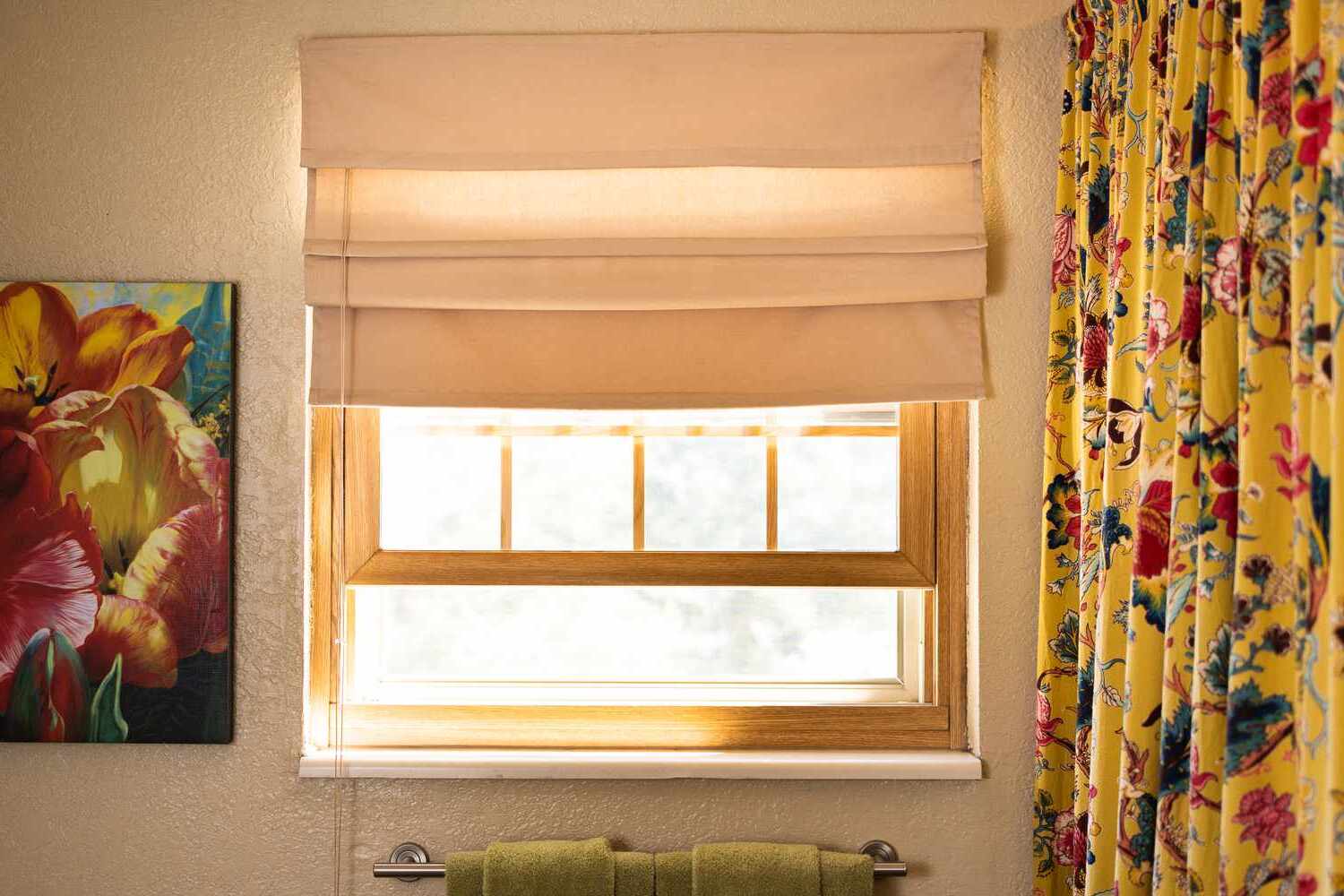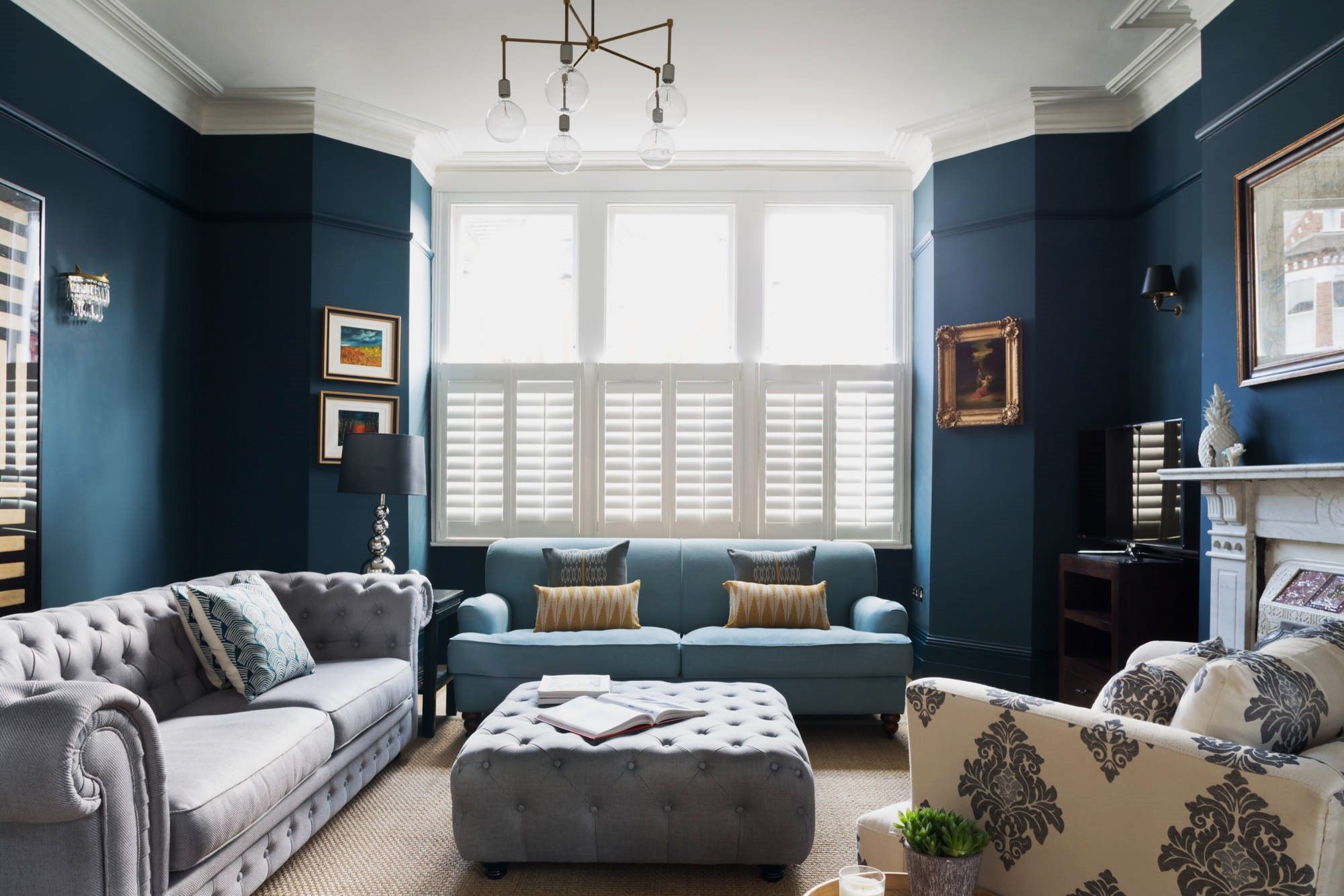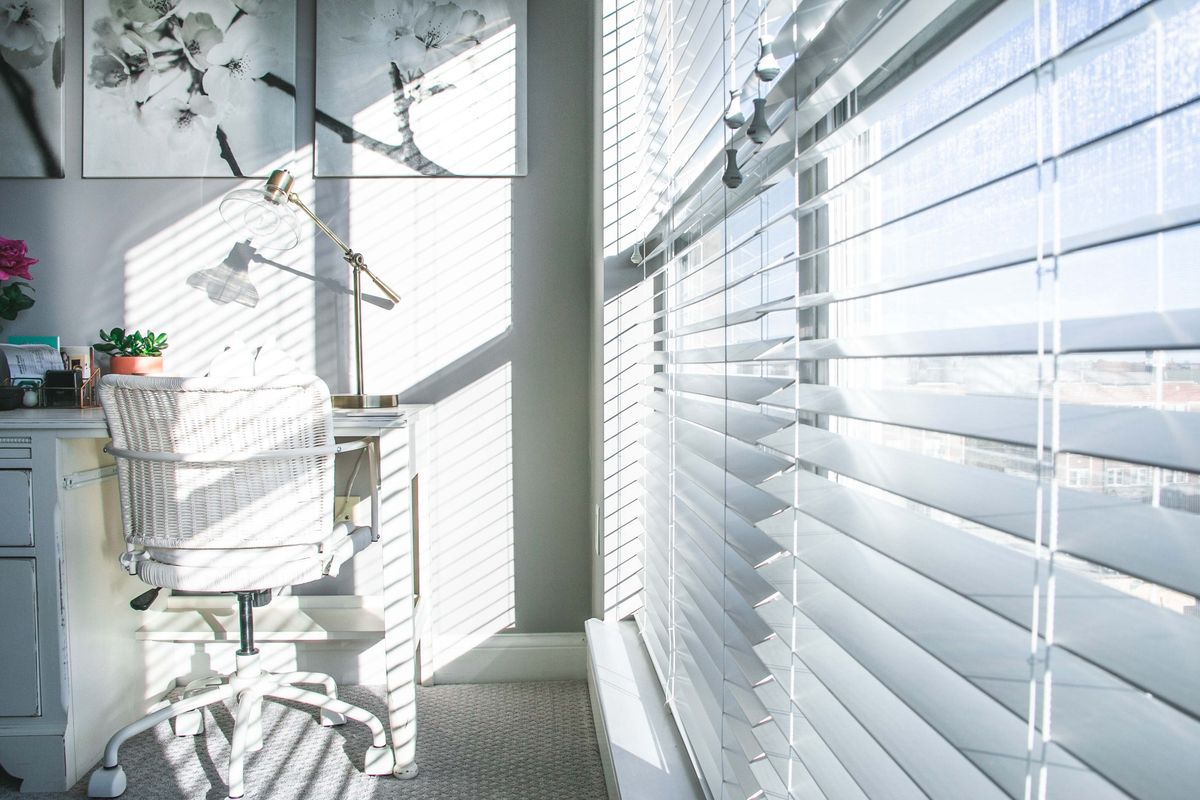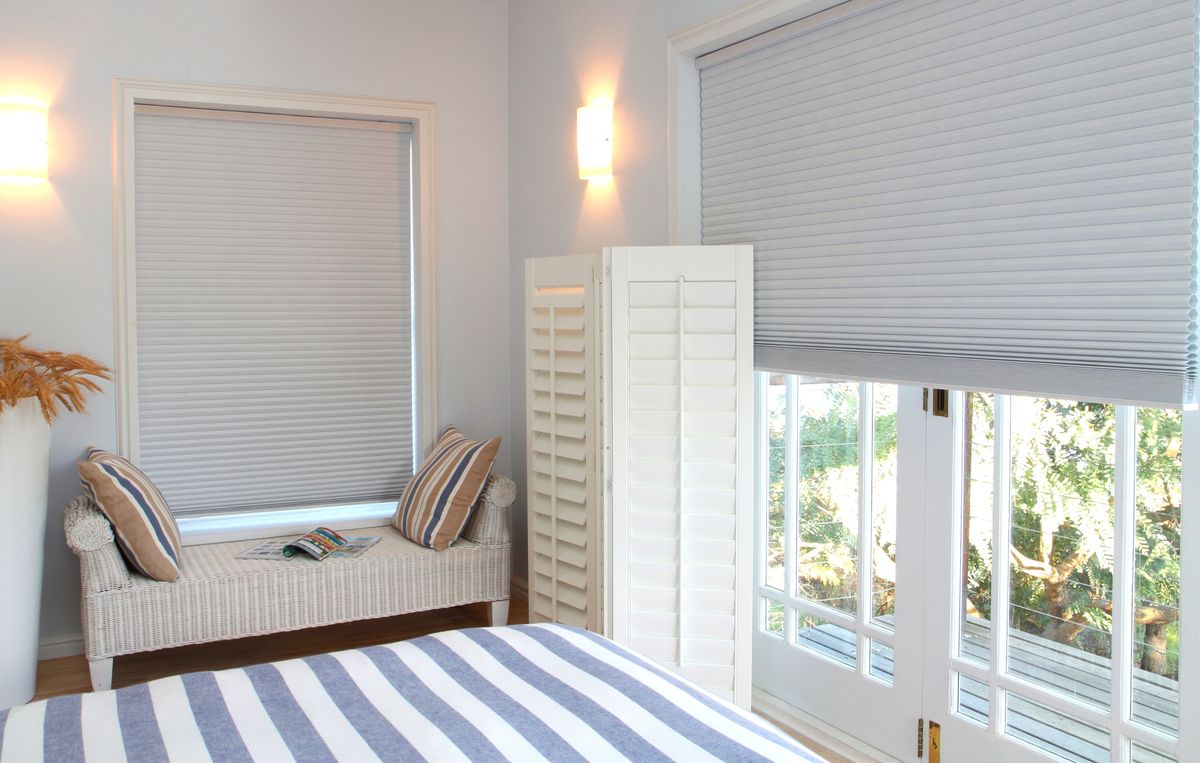Home> Window Blinds
Window Blinds: Transform Your Living Space with Stylish Choices!"
Explore our unbeatable variety of Window Blinds! Discover how they enhance interior design while maintaining privacy. Get your perfect style now.
Upgrading Your Home’s Windows With DIY Soundproof Interior Shutters
By: Olivia Parker • Ideas and Tips
Upgrading Your Home’s Windows With DIY Motorized Blinds
By: Samuel Turner • Ideas and Tips
Upgrading Your Home’s Windows With DIY Smart Tinting Film
By: Alexander Johnson • Ideas and Tips
Upgrading Your Home’s Windows With DIY Plantation Shutters
By: Olivia Parker • Ideas and Tips
How To Choose The Right Window Treatments For Privacy And Style
By: Benjamin Parker • Ideas and Tips
Upgrading Your Home’s Windows With DIY Automated Blinds
By: Samuel Turner • Ideas and Tips
Upgrading Your Home’s Windows With DIY Honeycomb Shades
By: Sophia Turner • Ideas and Tips
